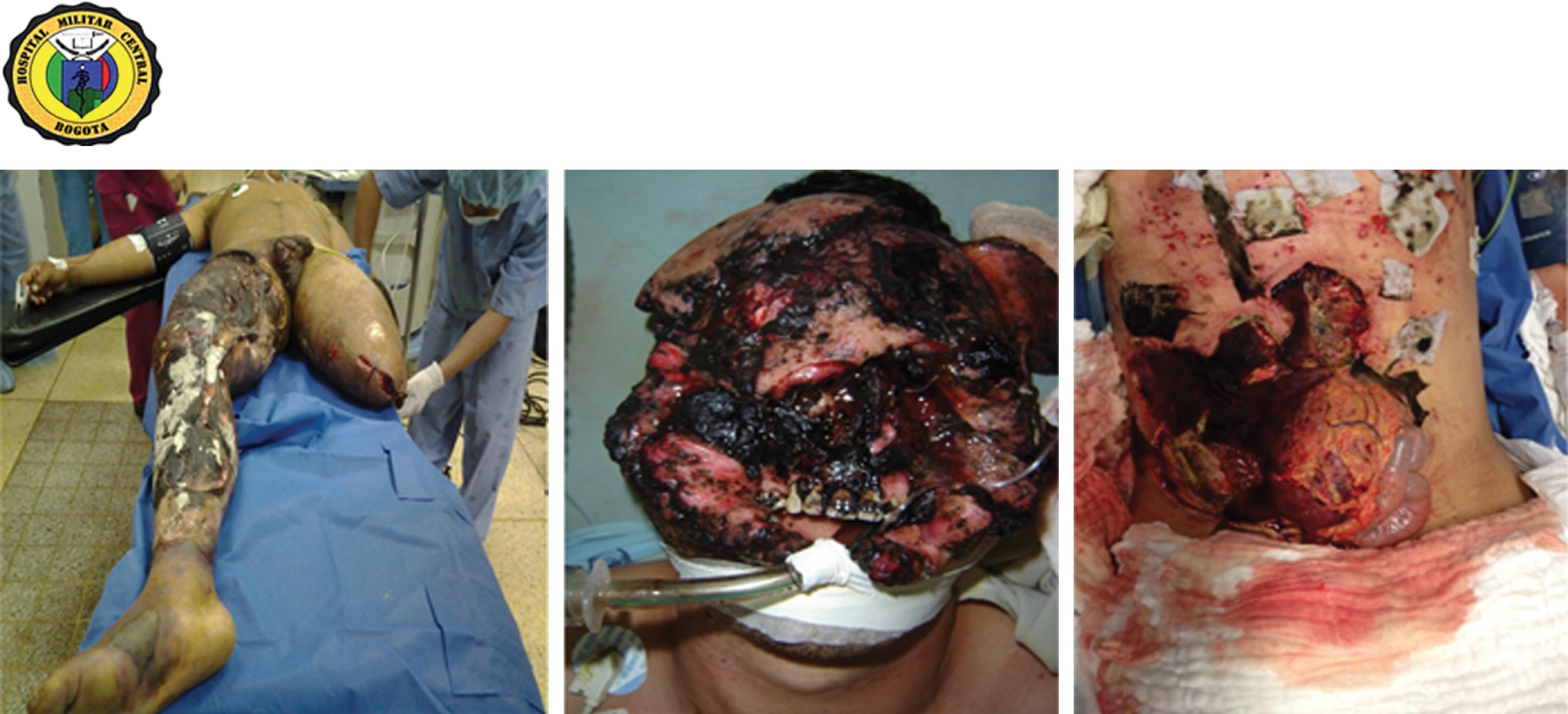Physical Address
304 North Cardinal St.
Dorchester Center, MA 02124
Throughout history, wars have resulted in the development of medical care techniques that have been later adopted successfully in civilian trauma. Colombia as a whole has been involved since the early 1960s in nonconventional warfare fueled by the cocaine drug trade and leftist guerrilla groups. This internal conflict has yielded a large volume of war injuries inflicted upon both the civilian and military populations. The National Center for Historical Memory of Colombia reported that as of July 2018, the armed conflict left 262,197 dead. A unique feature of this conflict has been the widespread use of antipersonnel land mines and unconventional weapons by all participating parties in Colombia.
Despite the fact that a peace treaty was signed by 2018 with the largest guerrilla group in Colombia, significantly reducing the number of wounded, the irregular war continues with other guerrilla groups, drug traffickers, and criminal gangs.
The irregular armed conflict has resulted in multiple experiences gained, particularly regarding the management of complex trauma. A military medical care strategy was designed to ensure fast, effective, and optimal treatment with the highest probability of survival of the wounded and a satisfactory rehabilitation. We present our care plan in military trauma and some results of the project.
The finding that fueled the strategic plan was an analysis conducted in early 2000 that revealed a worrying figure of 32% average immediate mortality in the battlefield, the absence of specialized medical care after the traumatic event, and deficient medical transportation logistics with long evacuation delays, while at the same time there was a higher probability of survival (6% mortality) at the Hospital Militar Central, as a result of high-level specialized medical care.
The initial design of the strategy was developed by Lieutenant Colonel Erwin Rodríguez García, M.D., and Major David Rojas Tirado, M.D., with the support of the U.S. Army Southern Command. The plan received the name of PANTERA and was based on the model by William Haddon, who described in New York in 1970 a matrix for analyzing trauma care in which the injury-promoting factors were interrelated—human, environmental, and technical—in each of the three possible phases of the event—before, during, and after trauma. After 1 year of strategic planning, the PANTERA project was implemented in February 2004 with the participation of multiple players from the administrative, military, training, and medical areas. Eight years later, it is still active.
Seven consecutive steps are described in the planning and action flowchart ( Fig. 1 )
The main characteristic of the primary enemies (guerrillas, drug traffickers, and criminal gangs) is lack of respect for the principles of international humanitarian law in their criminal warfare:
Many of their combatants are children who are drafted by force and who suffer from profound psychological disorders as a result of their abnormal development amidst violence during their childhood and adolescence, further aggravated by social rejection.
The use of nonconventional elements of war is also characteristic, including land mines, biological contamination of weapons, and nontraditional explosives.
The use of extortion, kidnapping, and torture as social intimidation maneuvers.
Consequently, the military actions of the primary enemy are insane by nature, and the secondary wounds resulting from this irregular warfare are usually high-energy injuries with great tissue destruction, a high proportion of limb amputation and dismemberment, and high levels of contamination ( Fig. 2 ). Therefore, medical care must be planned around critically injured patients with considerable trauma and a high probability of morbidity and mortality.

Become a Clinical Tree membership for Full access and enjoy Unlimited articles
If you are a member. Log in here